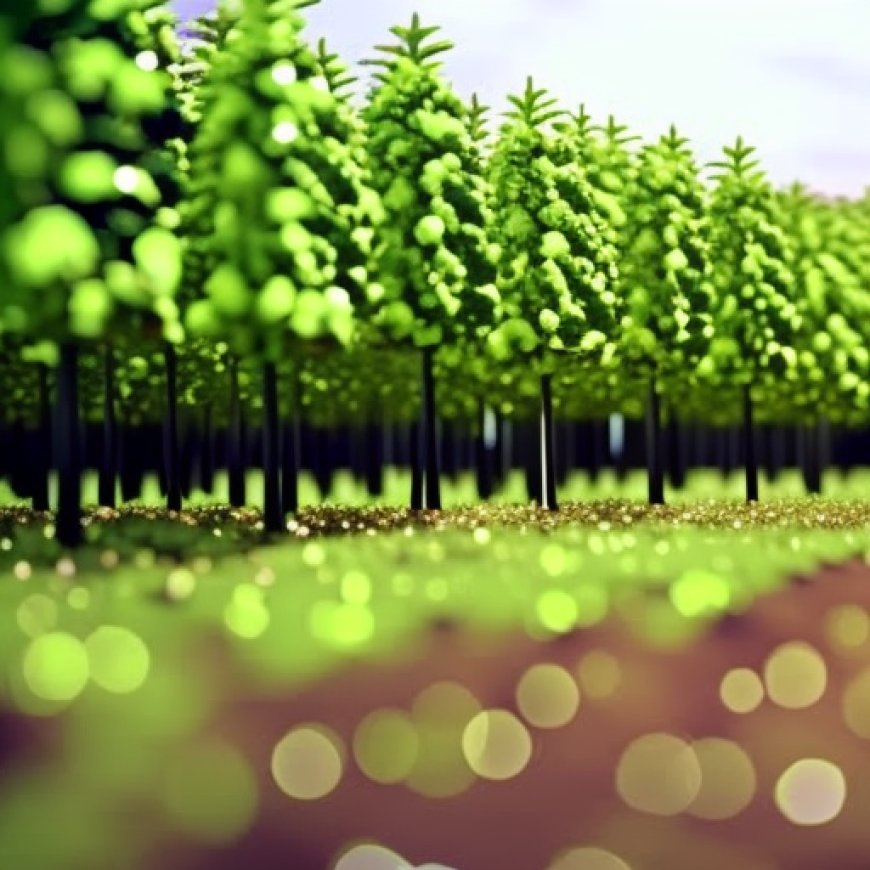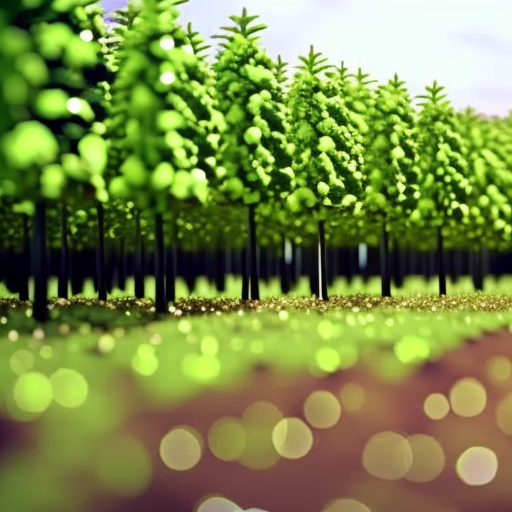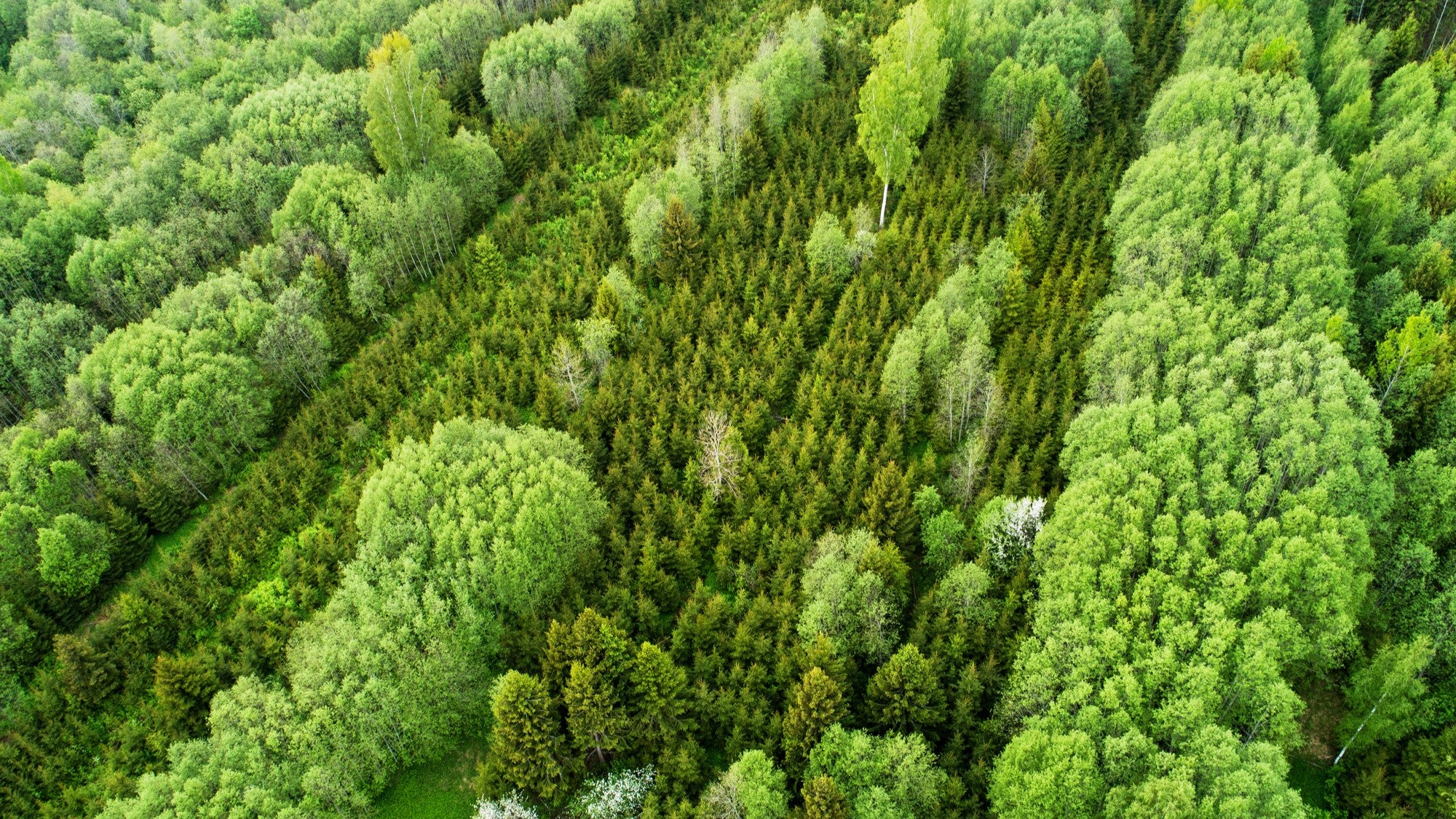Tree plantations try to offset our carbon pollution. Here’s the problem.
Tree plantations try to offset our carbon pollution. Here’s the problem. Popular Science


Trees and Carbon Capture: Assessing the Impact of Tree Plantations

Trees are magicians with carbon, pulling it out of the air at remarkable rates to store it in their bodies. They are so good at removing this greenhouse gas that “planting trees” is often synonymous with doing environmental good.
The Growth of Tree-Planting Organizations
The number of tree-planting organizations has grown by almost 300 percent in the past 30 years, according to a 2021 paper in the journal Biological Conservation. These organizations have planted nearly 1.4 billion trees across 74 countries since 1961. However, while tree planting can capture a great amount of carbon, it is hardly a silver bullet for the climate crisis—experts estimate that even if we maximized our available lands for trees, this alone would not be enough to counteract anthropogenic carbon emissions. Additionally, many plantations grow the same few species in monocultures, which can hurt local biodiversity.
The Complexity of Carbon Capture Forestry
A planted tree will suck up carbon regardless of species or its planters’ motivation. However, it’s difficult to make blanket statements about the efficacy of carbon capture forestry. Tree plantations are found all over the world, surrounded by different ecosystems with their own native species and local populations who live and rely on these lands—there will be no “one tree fits all” solution.
The minority of tree plantations are set up with carbon capture solely, or even primarily in mind. Most trees are planted with the goal of harvesting timber or wood pulp for paper. Tree-planting organizations are more likely to create plantations for agroforestry or commercial reasons, rather than for biodiversity or carbon capture.
These groves sometimes support voluntary carbon markets, also known as carbon offset markets, where corporations pay for activities like planting trees as a way to offset their total emissions. People tend to prefer using carbon credits for tree plantations over other options because the goal is clear. However, only a small minority of trees are planted for these carbon markets.
The Importance of Restoring Balanced Ecosystems
In forestry, there’s a saying that you have to plant “the right tree in the right place, for the right reason.” However, when many tree plantations are established for commercial purposes, the tree that is planted is often not the “right” tree. Globally, tree plantations tend to plant the same species such as teak, eucalyptus, mahogany, and a few others valued by the timber, paper, and other industries. The result is a swath of trees that do not support local organisms or promote biodiversity in the way native plant species would have.
These problems are present in plantations all over the world, but researchers are particularly concerned about the tropics. Ignoring local ecosystems and species while planting trees in the tropics is damaging. For example, when plantations increased the woody cover of the Brazilian savannah by 40 percent, this “resulted in an about 30 percent reduction in the diversity of plants and ants,” according to a recent paper published in the journal Trends in Ecology & Evolution.
Promoting Native Forest Tree Species
Researchers argue that focusing on the goal of carbon sequestration causes organizations to ignore the importance of restoring balanced ecosystems. Instead of solely focusing on carbon capture, it is crucial to encourage the restoration of native forest tree species. Local plants will be “better adapted to the conditions” in these environments, which means they, and nearby species, are more likely to thrive. This approach brings the added value of capturing carbon while promoting sustainability.
Evaluating the Utility of Tree Plantations
When assessing the utility or good of a tree plantation, there’s a lot of nuance. Each case needs to be evaluated individually. For example, a plantation where the trees will be harvested for timber won’t provide long-term carbon capture benefits. However, drawing conclusions about its worthiness requires more information.
More research is needed to quantify the impacts tree plantations are having on local ecologies and the populations of people living in those areas, beyond carbon. The impacts of these plantations will be first felt by these local communities.
SDGs, Targets, and Indicators
1. Which SDGs are addressed or connected to the issues highlighted in the article?
- SDG 13: Climate Action
- SDG 15: Life on Land
The article discusses the role of tree planting in carbon capture and the potential negative impacts of tree plantations on biodiversity and local ecosystems. These issues are directly related to SDG 13, which focuses on taking urgent action to combat climate change and its impacts. Additionally, the article highlights the importance of restoring balanced ecosystems and promoting biodiversity, which aligns with SDG 15, which aims to protect, restore, and promote sustainable use of terrestrial ecosystems.
2. What specific targets under those SDGs can be identified based on the article’s content?
- SDG 13.2: Integrate climate change measures into national policies, strategies, and planning
- SDG 15.5: Take urgent and significant action to reduce degradation of natural habitats
The article emphasizes the need to consider the ecological impacts of tree plantations and to integrate climate change measures into forestry practices. This aligns with SDG 13.2, which calls for the integration of climate change measures into national policies and planning. Additionally, the article highlights the negative impacts of tree plantations on biodiversity and the need to reduce habitat degradation, which corresponds to SDG 15.5.
3. Are there any indicators mentioned or implied in the article that can be used to measure progress towards the identified targets?
- Number of tree-planting organizations
- Number of trees planted
- Percentage of tree plantations established for carbon capture purposes
- Percentage of tree species planted that support local organisms and promote biodiversity
- Change in diversity of plants and animals in areas where tree plantations are established
- Extent of restoration of native forest tree species
- Research quantifying the impacts of tree plantations on local ecologies and communities
The article mentions the growth in the number of tree-planting organizations and the number of trees planted, which can be used as indicators to measure progress in tree planting efforts. The percentage of tree plantations established for carbon capture purposes and the percentage of tree species planted that support biodiversity can be used to assess the integration of climate change measures and the promotion of sustainable ecosystems. The change in diversity of plants and animals in areas with tree plantations and the extent of restoration of native forest tree species can be used to measure progress in reducing habitat degradation. Additionally, research quantifying the impacts of tree plantations on local ecologies and communities can provide valuable insights into the effectiveness of current practices.
4. Table: SDGs, Targets, and Indicators
| SDGs | Targets | Indicators |
|---|---|---|
| SDG 13: Climate Action | SDG 13.2: Integrate climate change measures into national policies, strategies, and planning | – Number of tree-planting organizations – Number of trees planted – Percentage of tree plantations established for carbon capture purposes – Percentage of tree species planted that support local organisms and promote biodiversity |
| SDG 15: Life on Land | SDG 15.5: Take urgent and significant action to reduce degradation of natural habitats | – Percentage of tree species planted that support local organisms and promote biodiversity – Change in diversity of plants and animals in areas where tree plantations are established – Extent of restoration of native forest tree species – Research quantifying the impacts of tree plantations on local ecologies and communities |
Behold! This splendid article springs forth from the wellspring of knowledge, shaped by a wondrous proprietary AI technology that delved into a vast ocean of data, illuminating the path towards the Sustainable Development Goals. Remember that all rights are reserved by SDG Investors LLC, empowering us to champion progress together.
Source: popsci.com

Join us, as fellow seekers of change, on a transformative journey at https://sdgtalks.ai/welcome, where you can become a member and actively contribute to shaping a brighter future.







